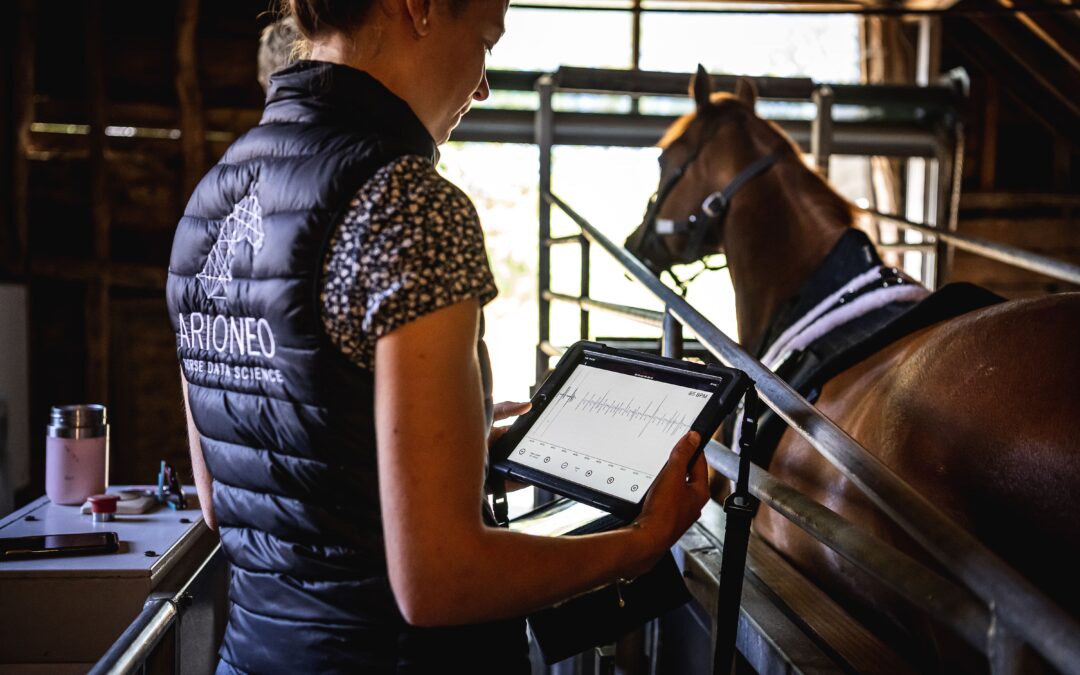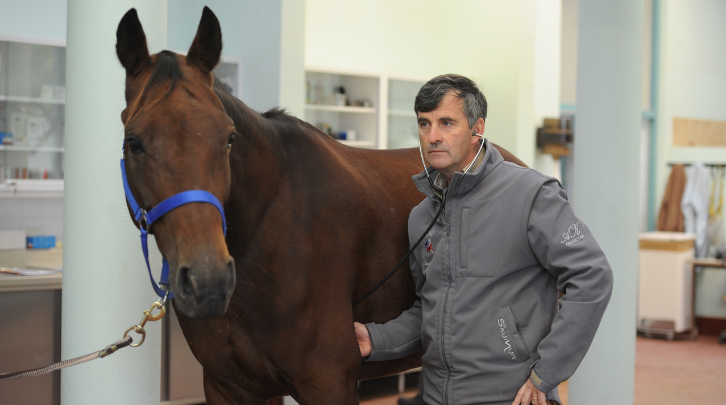
Nov 13, 2024 | Interviews, Physiology, Welfare
Home 9 Category: Interviews In the world of equestrian sports, the balance between performance and animal welfare is essential. Xavier Goupil, an equine veterinarian with over 35 years of experience, shares his expertise on the integration of new technologies,...
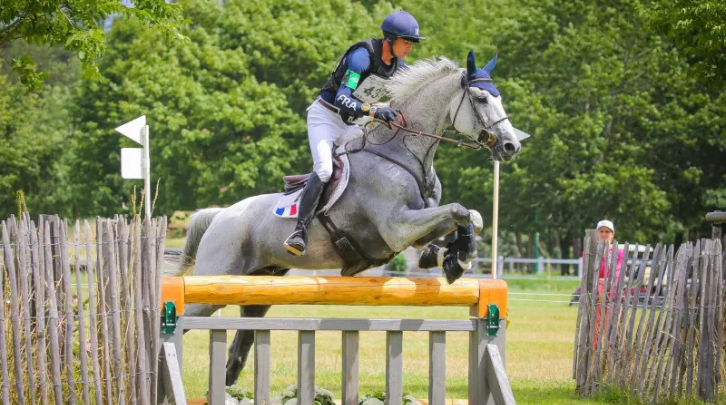
Nov 4, 2024 | Interviews, Physiology, Welfare
Home 9 Category: Welfare In the eventing world, the quest for performance relies on a balance between equestrian tradition and technological innovation. Maxime Livio, an internationally renowned rider and the number one French eventer, shares his approach to...

Oct 29, 2024 | Physiology, Welfare
Accueil 9 Category: Welfare Joint health is an essential pillar of performance and well-being for athletic horses. Racehorses, show jumpers, and dressage horses are subjected to intense stress on their joints, making them particularly vulnerable to injury and...
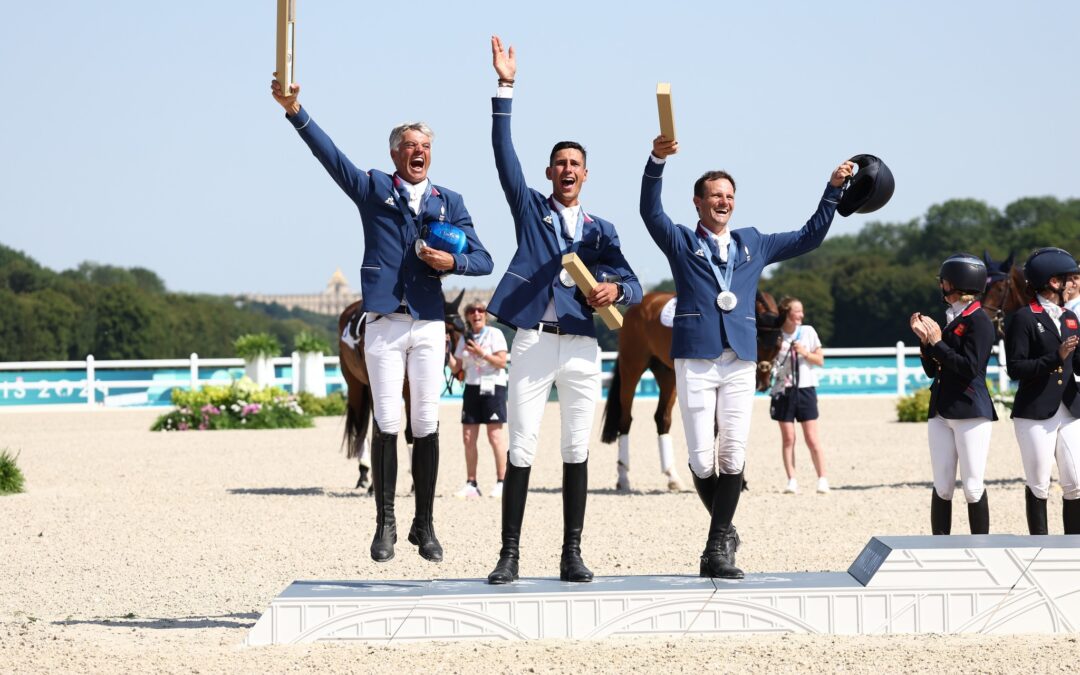
Aug 7, 2024 | Interviews, Physiology, Welfare
Home 9 Category: Physiology Arioneo and the French Equestrian Federation have joined forces in an initiative dedicated to the health, well-being and performance of equine athletes. As part of this collaboration, the French Equestrian Federation has made EQUIMETRE...
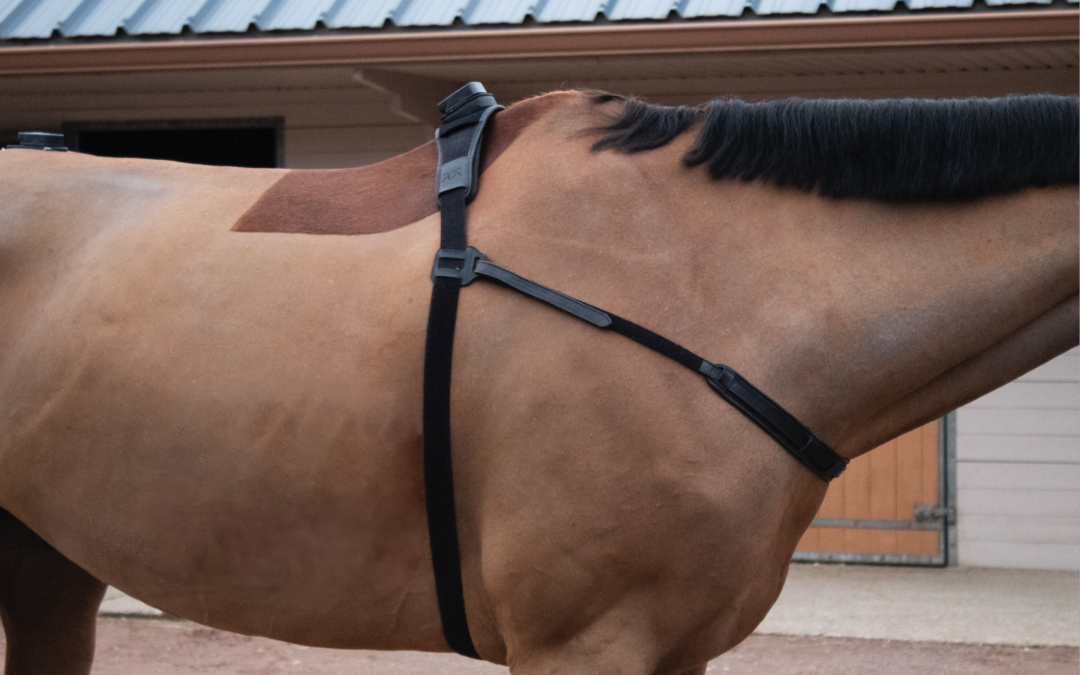
May 29, 2024 | Locomotion, Physiology, Welfare
Accueil 9 Category: Physiology When buying a horse, whether for competition or leisure, there are many issues at stake, and the animal’s health is an indisputable priority. The pre-purchase veterinary visit is therefore of paramount importance, enabling...






